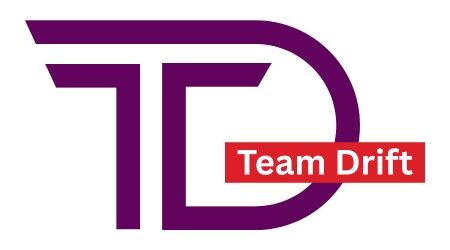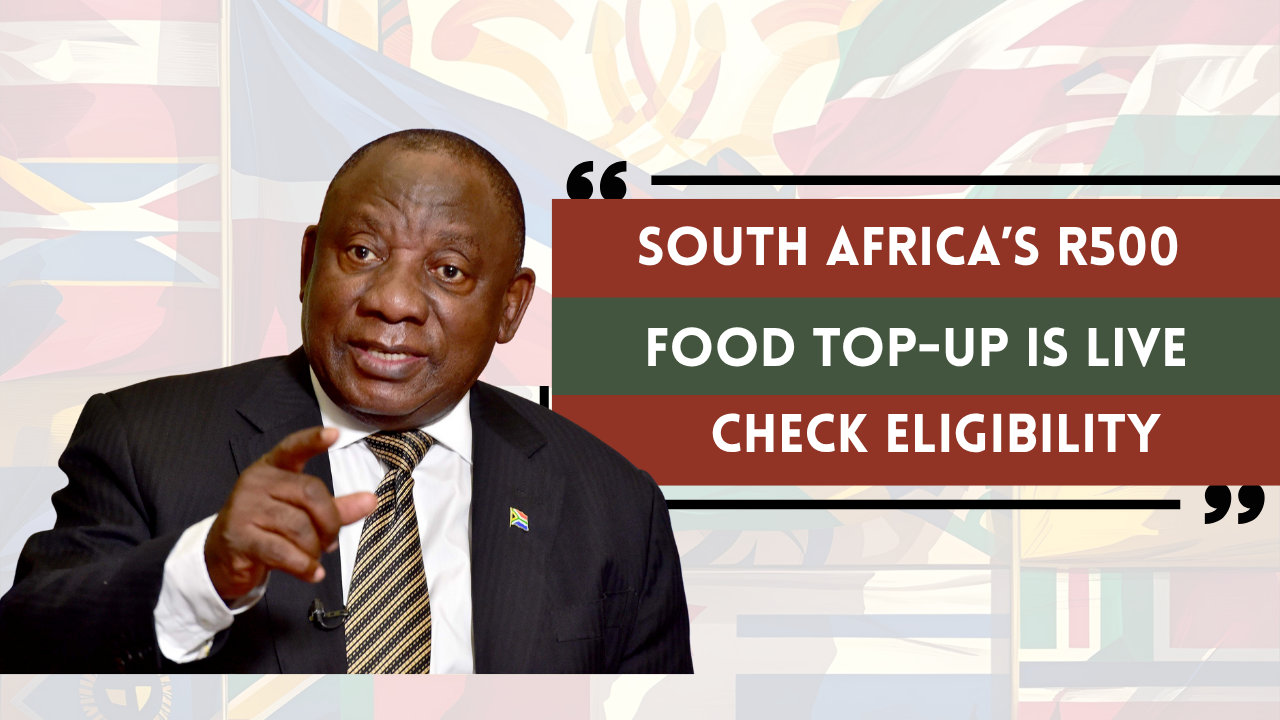As winter tightens its grip on South Africa, the government has announced a R500 top-up to its existing Food Relief Programme for 2025. Aimed at fighting food insecurity among vulnerable households, this timely intervention could offer much-needed relief — but will it be enough?
With millions of citizens already grappling with high food prices, unemployment, and economic uncertainty, the announcement of an additional R500 in food assistance has sparked both hope and questions. Here’s a full breakdown of who qualifies, how the top-up will work, and what impact it’s likely to have this winter.
What Is the 2025 Food Relief Top-Up?
The R500 food top-up is part of South Africa’s Social Relief of Distress (SRD) and Community Nutrition Development programs, operated through the Department of Social Development (DSD) and in partnership with local NGOs.
It offers a once-off or short-term increase in food assistance, directly targeting low-income households and individuals facing extreme food shortages, especially during the colder months when household expenses — like heating and health care — tend to rise.
Why the R500 Top-Up Now?
Food insecurity in South Africa has been a growing crisis. According to Stats SA, nearly 20% of households reported skipping meals or going without food for days at a time in 2024. Rising inflation, load-shedding, and stagnant wage growth have only worsened the situation.
This winter, the government is hoping that the R500 boost will:
- 🥣 Provide immediate relief for households with no income or access to adequate food
- 📉 Reduce hunger-related health issues during the colder months
- 🧒 Protect vulnerable groups, including children, the elderly, and the disabled
- 🤝 Support local food programs, like soup kitchens and food parcel distributions
Who Will Qualify for the R500 Food Relief Boost?
The top-up is not automatically distributed to everyone. Priority is given to:
✅ Individuals receiving Social Relief of Distress (SRD) grants
✅ Households already listed under extreme poverty and food insecurity categories
✅ Families with children under 5, the elderly, or disabled members
✅ People without formal employment or income
✅ Informal settlement residents and rural low-income communities
If you already benefit from existing food aid programs, you’re likely to be considered for the R500 increase.
How Will It Be Distributed?
The R500 food top-up can be accessed in two main ways:
1. Direct Payment
Some SRD and SASSA grant recipients may receive the R500 as an additional cash deposit into their regular payout accounts.
2. Food Parcel or Voucher
For non-cash programs, the value will be distributed through:
- 📦 Food parcels delivered via provincial food depots or local NGOs
- 🛒 Vouchers redeemable at partnered retailers for groceries and essentials
DSD has also confirmed that mobile food units and soup kitchens will be enhanced in hotspot regions where hunger is most severe.
When Will the R500 Be Rolled Out?
Distribution has already begun in select provinces such as:
- Gauteng
- KwaZulu-Natal
- Eastern Cape
- Limpopo
National rollout is expected by mid-July 2025, with coordination between provincial social development departments, municipalities, and SASSA offices.
📅 Estimated Timeline:
- July 10–20: First cash deposits and food parcel disbursements
- End of July: Expanded coverage to more regions
- August: Final phase and performance review of program effectiveness
Can R500 Really Make a Difference?
While R500 may not cover a month’s groceries, for many families surviving on less than R20 per day, it can be life-changing.
Experts point out that:
- A R500 top-up can provide basic staple foods (maize, rice, beans, oil) for a family of four for 1–2 weeks
- It bridges the gap between grant cycles, especially for unemployed households
- It reduces dependency on loan sharks or credit debt for food purchases
Still, some activists argue it’s not enough for long-term hunger relief and call for more permanent solutions such as expanded child nutrition programs, job creation, and increased monthly grant amounts.
What You Can Do If You Need Help
If you’re struggling with food insecurity, here’s how to seek help:
- Visit your local SASSA office to ask about the SRD grant and food assistance
- Call the DSD National Helpline at 0800 60 10 11
- Reach out to registered NGOs and community kitchens in your area
- Keep an eye on provincial government pages for voucher programs and food parcel distributions
You may be asked to provide ID, proof of income (or lack thereof), and household details.
Final Thoughts
South Africa’s R500 food top-up for 2025 may not solve the hunger crisis overnight, but it’s a critical lifeline for families in need this winter. With more economic pressures ahead, every bit of support helps — especially for those with no other safety net.
As the cold months unfold, let’s hope this initiative brings both relief and dignity to thousands of households struggling to put food on the table.
For more updates on SASSA grants, food relief, and social support in South Africa, stay tuned to TeamDrift.org.

